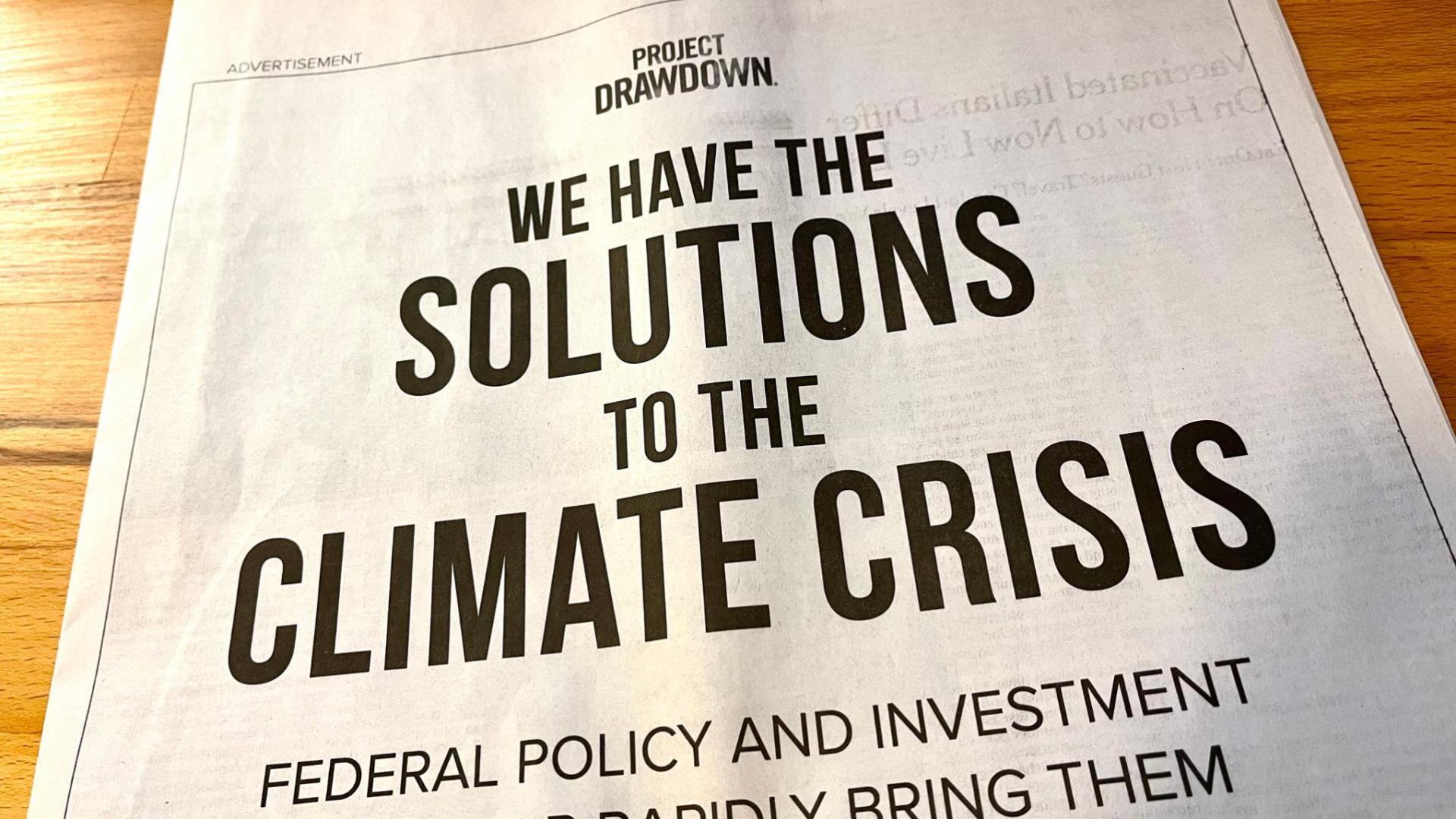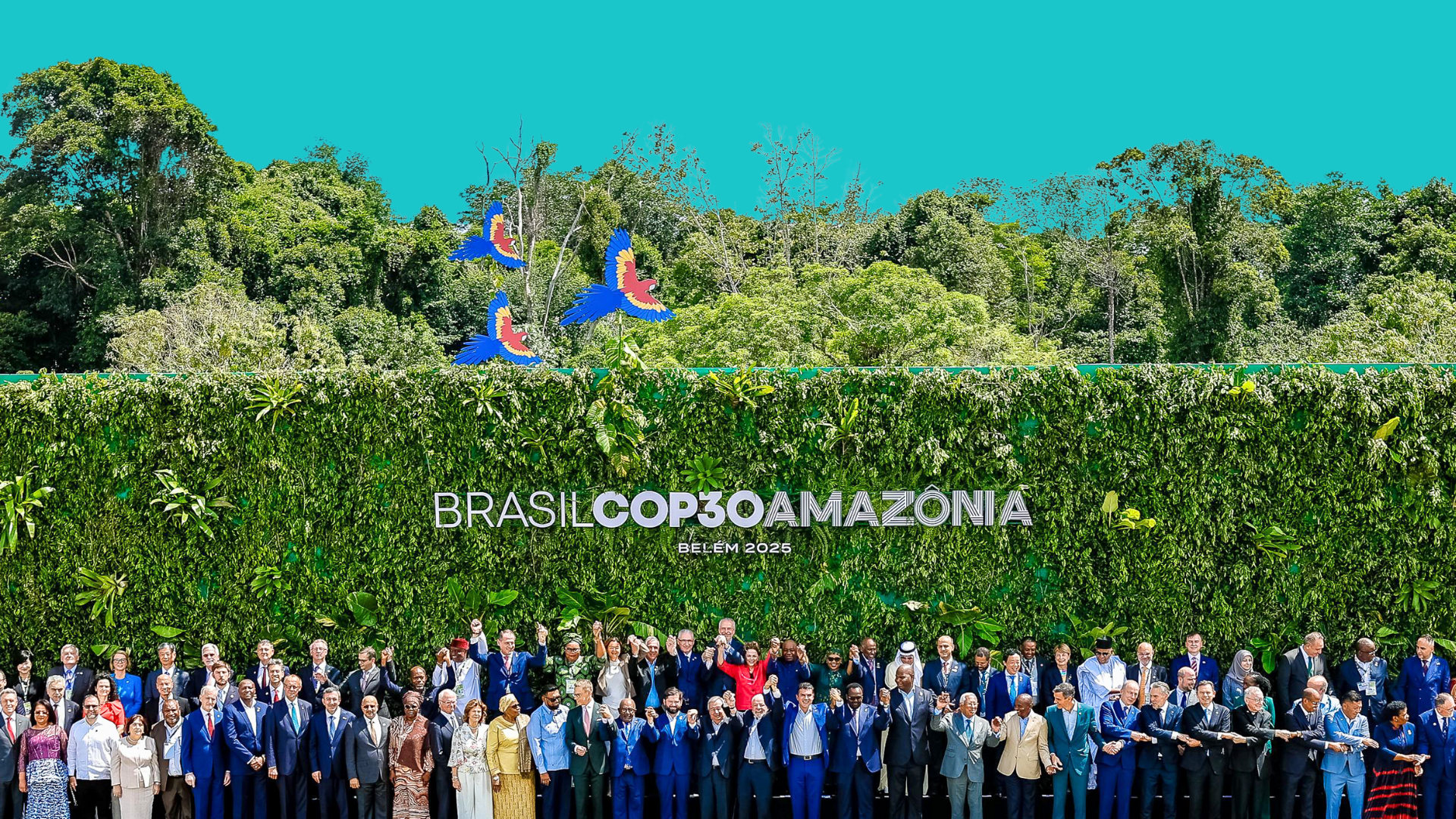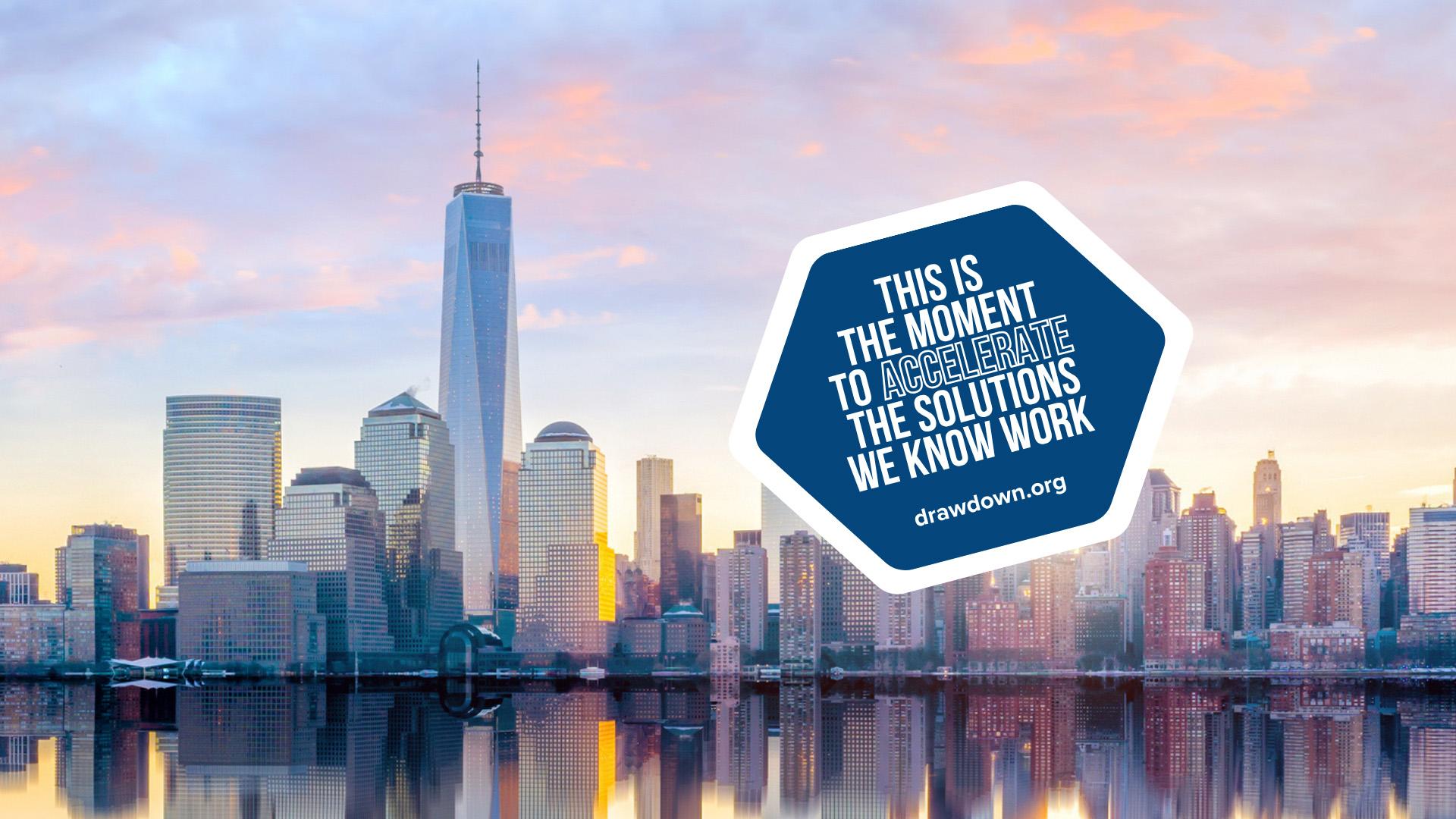Decisive climate moments call for bold new tactics

One of the most confounding realities of the climate crisis is that two seemingly contradictory facts are simultaneously true: that humanity has at our fingertips the solutions to fix it at the very same time that global greenhouse gas emissions soar higher than ever.
By now the world has a solid understanding of what the solutions to the climate crisis are. Aggregating, communicating, and accelerating the adoption of these solutions is the reason Project Drawdown exists. But as emissions continue to rise, it’s clear that we haven’t nailed the ‘how.’ How do we scale climate solutions across every sector of the economy so comprehensively and decisively that they permanently displace our current systems—systems that we now know to be incompatible with a livable world?
Tapping the biggest leverage points we have at our disposal to scale existing climate solutions is now of existential importance. And right now one of these leverage points—federal climate policy, and specifically the climate provisions that were previously housed in the Build Back Better Act— hangs in the balance. And this is why Drawdown Labs, the program I lead at Project Drawdown, recently took out a full-page print ad in The New York Times.
Our ad had three key messages. The first one was a reminder to the Times’ 4 million readers that the solutions to the climate crisis already exist today. It’s nearly impossible to build a future we can’t envision, so we wanted to remind a broad swath of the American public that the solutions are already right in front of us. These solutions will not only address climate change but they’ll help us build a healthier, more resilient, and more equitable world. Solutions like shifting electricity production to renewables, supporting indigenous land tenure and forest protection, shifting our means of transportation away from personally-owned vehicles and internal combustion engines, remaking our cities with health, equity, and walkability in mind, addressing food waste and our diets, and so many more.
Our second goal was to remind key audiences, namely policymakers and investors, that they are powerful actors in accelerating these solutions. The climate provisions in the Build Back Better Act would provide tax incentives for clean electricity, electric vehicles, clean buildings, advanced energy manufacturing, industrial decarbonization, and more, and would provide millions of good-paying jobs implementing these climate solutions. Whatever final legislative package they come in, these climate provisions have broad Congressional support and are crucial to accelerating needed investment.
Our final goal of the ad was to highlight the business community’s widespread support for bold climate policy. Why lift up the business voice? Like it or not, corporations hold a lot of political power, and their support can give legislators the confidence to pass bold climate legislation. The 25 companies we invited to join this ad represent over $64 billion in revenue, employ hundreds of thousands of people across the country, and span economic sectors: energy, transportation, food, tech, manufacturing, e-commerce, entertainment, design, apparel, consumer packaged goods, banking, and financial management. Together, these businesses are sending a powerful message: every sector of the economy wants to see bold climate legislation and Congress and the White House must do their part.
This moment of fleeting opportunity for meaningful action calls for us to be bold. And while it may seem unusual for a nonprofit to use their resources to run an advertisement like this, we think that new tactics are crucial to achieving bolder outcomes. As the innovation hub for Project Drawdown, Drawdown Labs exists to experiment with new tactics, especially when so much is on the line. At Project Drawdown, we have considerable access to influential actors across the global economy, and we intend to use this access and network to the fullest extent possible.
We have climate solutions at our fingertips. We have key leverage points ready to be tapped. And in this critical moment, we can’t leave anything on the table.
This article was originally published by MCJ Climate Voices and is being republished with permission.











